Japanese is a linguistic treasure trove with subtle nuances that go beyond everyday communication, encapsulating the culture of the Land of the Rising Sun. Considered one of the most unique and complex languages in the world, Japanese translation poses a great challenge for translators when bridging the language gap.
Japanese translation is widely utilized in the field of translation. Yet, its distinctiveness has often posed a challenge for many linguists. So, why is Japanese translation different from translation of other languages? Let’s find out the answers in this article.
Japanese is a captivating and profound language, with layers of nuanced meanings and cultural elements concealed within its characters. This complexity makes Japanese translation a challenging task. To deliver a high-quality translation that faithfully conveys the beauty inherent in the original text, translators need to be well-versed in this language.
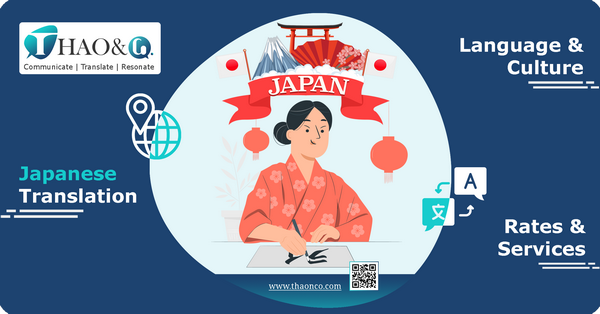
Japanese is a complex language system comprising four scripts: Hiragana, Katakana, Kanji, and Romaji. However, it’s important to note that Romaji, which is simply the Romanji alphabetization of the Japanese language, is not considered an official character set in Japanese.
Each script within the Japanese language is akin to a diverse and vibrant world of its own. While Hiragana and Katakana exude the simplicity of minimalism, Kanji embodies the classical language expressed through ideographic symbols. However, all Japanese characters have precise and highly structured arrangements, creating an elegant and harmonious impression.
This diversity in character sets poses challenges in Japanese translation since every sentence is constructed flexibly with these complex scripts. To provide an accurate translation that captures the essence of the original, translators must be proficient in the Japanese language and have ample translation experience.
Japanese grammar follows a subject-object-verb (SOV) structure, which is in contrast to some other languages like English, which uses a subject-verb-object (SVO) structure.
Therefore, in the process of Japanese translation, the first step is to identify the main subject of the sentence. To do this, translators must understand the context and sentence structure to accurately convert the language. Additionally, to ensure that the translation sounds natural while conveying the complete message, skilled selection, addition and omission of words are necessary.
Moreover, Japanese people often simplify non-essential components in a sentence to create concise sentence structures. This allows the Japanese language to convey profound messages with carefully crafted sentences. This is particularly evident in traditional Japanese poetry, such as Haiku, which captivates language enthusiasts with its depth and simplicity, often composed of just seventeen syllables in a 5/7/5 pattern.
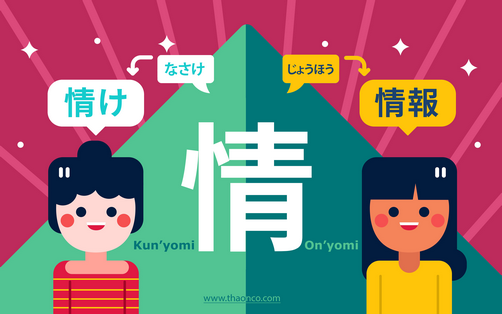
In addition to the diverse alphabetic scripts, the Japanese language boasts a rich variety of reading and writing styles. For the Kanji script, there are two different readings: On’yomi (Chinese readings) and Kun’yomi (Japanese readings). The choice of reading depends on the character’s combinations and, in some cases, irregularities.
For example, the Kanji character “情” can be read in Kun’yomi when combined with a Hiragana character as “情け” (nasake), meaning “sympathy.” However, when combined with a Kanji character, it can be read in On’yomi as “情報” (jōhō), meaning “information.”
The art of reading and writing in Japanese contributes to the language’s depth and richness in conveying meaning. However, this also presents a significant challenge, as mastering Japanese translation is a journey of discovering the beauty of this language.
If the Japanese language were a painting, the honorific system would be the exquisite details and embellishments that bring the painting to life. The honorific system is an indispensable form of “grammar” in Japanese, reflecting the Japanese tradition of respect and gratitude in communication. It is divided into three main types:
The use of honorifics in Japanese depends on the relationship and the communication partners. For example, “先生” (Sensei) is used to show respect for teachers, politicians, lawyers, doctors, and so on, while “氏” (Shi) is often used in news or documents to refer to individuals with whom the speaker is not familiar.
The Japanese honorific system is highly diverse and used precisely in each specific case. In contrast, some languages like English lack equivalent nuanced words for honorifics, as commonly employed in Japanese.
To maintain the seamlessness of the translation while accurately conveying Japanese cultural nuances, localization of content during translation is essential. In this process, linguists can select appropriate vocabulary and expressions that align with the target language’s culture to create a translation that resonates with the native audience.
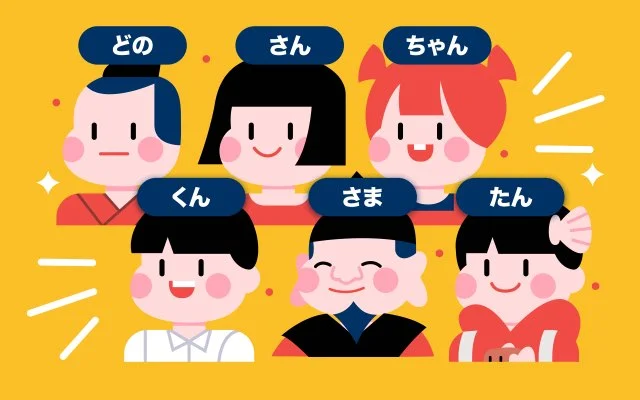
Pronouns play a vital role in expressing the subtle nuances of relationships in Japanese. Japanese speakers use a wide range of pronouns to indicate relationships, gender, or levels of respect between the speaker and listener. Thus, choosing and using the correct pronoun is crucial in accurately conveying the cultural nuances of Japanese society.
Some pronouns are often misused in translation due to cultural differences. For instance, the pronoun “あなた” (anata) is roughly equivalent to “you” in English, but it is typically used when the speaker does not know the name or gender of the person addressed. Continuously addressing someone with this pronoun can be considered impolite or lacking in courtesy. Depending on the context, “anata” can also be used affectionately between romantic partners or married couples.
Therefore, for successful Japanese translation, translators must have a deep understanding of the Japanese language, both in terms of grammar and vocabulary, as well as a precise grasp of the context to select the appropriate pronoun for the translation. Using pronouns incorrectly or inappropriately can lead to a loss of the original text’s essence.
Language serves as a reflection of culture. When discussing Japanese translation, it is crucial to consider the unique cultural aspects of this nation. Japan’s distinct and unadulterated culture has fascinated the world for decades. From refined art forms to philosophical outlooks on life, interpersonal and nature-based cultural interactions, Japanese culture has always embodied the epitome of a perfect cultural heritage.
Communication styles form the personality of the Japanese. Even in the smallest gestures of daily life, Japanese people demonstrate politeness, humility, and a profound respect for others. This is particularly evident in customs such as bowing, the use of honorifics, traditions of respecting teachers, and the value placed on hierarchy.
These behaviors are distinctive features of Japanese communication, reflecting status and hierarchy within Japanese society. However, they can often seem unfamiliar to individuals from other cultures. Hence, localization is essential in this context to make Japanese translations sound natural and resonate with native speakers.
In Japan, discipline transcends mere rules; it encompasses reputation and stands as an integral part of the national cultural identity. Japanese people place great emphasis on principles of punctuality, social hierarchy, collective welfare, and individual responsibility. These principles provide a solid foundation for Japanese individuals’ success in every aspect of life.
Furthermore, Japanese people demonstrate their discipline in their use of language. The structure of Japanese sentences is logical and concise, with a wide range of vocabulary used to precisely convey messages. To accurately reproduce the message of the original text, Japanese translation requires translators to grasp both the Japanese language and culture.
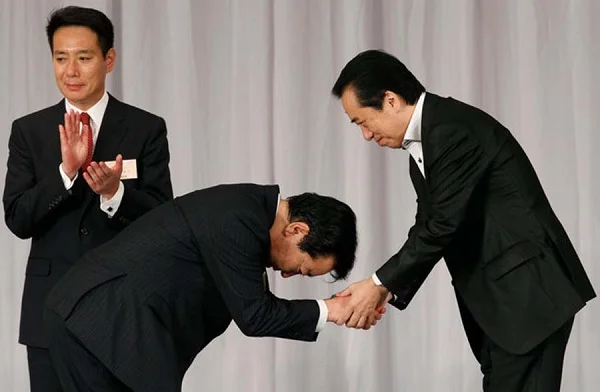
Japanese culture is a perfect blend of traditional and modern beauty, with anime and manga serving as vibrant symbols of this fusion.
Anime (アニメ) is a Japanese term borrowed from the English word “animation.” It refers to animated works produced in Japan, known for their distinct Japanese style. Manga (漫画), on the other hand, refers to Japanese comic books and graphic novels.
Anime and manga represent a billion-dollar industry and are iconic elements of Japanese culture. These art forms have brought Japan’s image closer to a global audience for decades, with titles like Doraemon, Pokemon, One Piece, Naruto, Jujutsu Kaisen, and Demon Slayer: Kimetsu no Yaiba. Anime and manga have amassed a massive worldwide fanbase known as “Otaku.” Annual events that gather Otaku are also various, including three notable events: Comiket, Otakon and Anime Expo.
The influence of anime and manga stems from their surreal narratives, diverse characters, and captivating plots, all infused with profound and meaningful themes. Through these mediums, viewers can immerse themselves in fantastical imaginings while receiving subtle, refined messages about life and humanity.
Notably, anime and manga seamlessly incorporate Japanese culture into their settings through clothing, architecture, landmarks, traditional festivals, cuisine, music, philosophical beliefs, and more. This aspect can pose challenges for translators as they strive to express or recreate cultural elements in the target language to help the audience understand and feel the essence of anime and manga works.
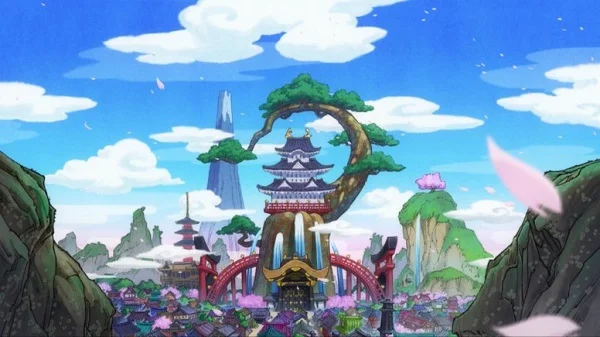
Festivals are a delicate combination of religion, history, and culture. Therefore, for a country with a long history like Japan, festivals play an indispensable and distinctive role.
The beautiful parades, distinctive dances, traditional music, alluring costumes, and mouthwatering delicacies are indispensable when discussing traditional Japanese festivals. All of these create a lively atmosphere that attracts tourists to the land of cherry blossoms during traditional festivals like Gion Matsuri, Shogatsu, and Obon Lantern Festival.
Additionally, a relatively modern festival that has emerged in recent times and gained substantial popularity is Cosplay. The term “Cosplay” refers to the activity where fans dress up as their favorite characters from anime, manga, visual novels, video games, singers, actors, and more. The Cosplay culture has been steadily gaining traction, now acknowledged as a distinct facet of Japanese culture, embraced by young individuals both within and beyond the country.
These traditional and modern festivals have made Japan an exciting destination for global travelers.
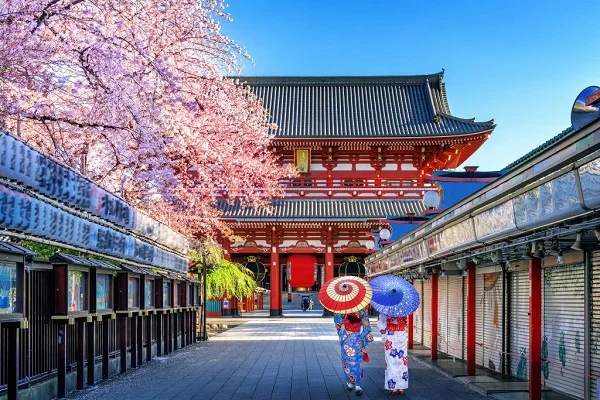
Japan is a nation that has achieved comprehensive advancement in all domains. This has created favorable conditions for the Japanese translation industry to thrive more than ever before.
Japan stands as the global leader in industrial output, with a total production second only to the United States. Therefore, products manufactured by acclaimed Japanese brands like Mitsubishi, Canon, Casio, Citizen, Fujifilm, Fujitsu, Akai, Brother, Honda, Toyota, and others can be found in most countries around the world.
Hence, the demand for Japanese language translation in this industry is substantial. Translation services for technical documents or technical interpretation have significantly contributed to the global expansion and development of businesses originating in Japan.

From a country that faced many losses after World War II, Japan has emerged as a leader in the “Technology Revolution” today. Leading technology conglomerates like Softbank Group, NTT DOCOMO, and Z Holdings Corporation have dominated the global market with cutting-edge software products.
Nevertheless, when translating Japanese, localization becomes crucial to ensure the seamless compatibility of technological products for international users. Localization involves adapting software, apps, websites, and technological products to fit the culture of target markets, breaking language barriers, and enhancing user experience.
The entertainment industry is one of the spearheads of Japan’s economy, with globally cherished manga and anime series. To meet the ever-growing demands of both domestic and international audiences, the entertainment industry in Japan is working at full capacity.
So, how do Japanese entertainment works successfully reach their audiences? Translation services like subtitles, voice overs for films, and creative translation are the fastest means for Japanese entertainment works to reach their target audience.
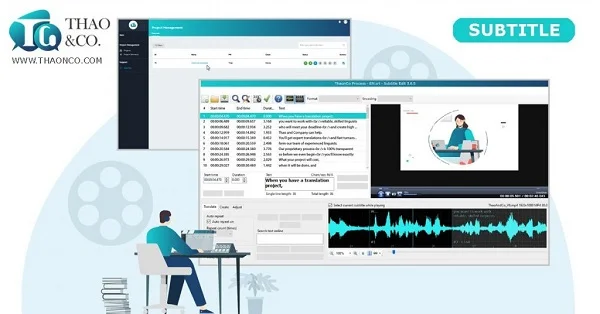
Japan is one of the top tourist destinations in Asia, second only to China in terms of the number of foreign tourists, ranging from 14 million to 18 million visitors annually.
Tourism authorities like the Japan National Tourism Organization (JNTO) publish a plethora of travel publications to bring the country’s image closer to tourists worldwide. Notable examples include tourism promotion materials such as “Your Guide to Japan,” “Japan Images & Reflections,” or “Your Traveling Companion,” available in various languages such as English, French, German, Russian, Italian, Spanish, and more.
Therefore, document translation for marketing purposes and video marketing subtitles play a vital role in promoting Japan’s image to global tourists.
The rate of Japanese translation depends on various factors. Each translation agency will have specific criteria for calculating the cost of translation as accurately as possible. You can consider the following determining factors for Japanese translation rates:
At Thao & Co., a professional translation agency, we provide detailed quotes for Japanese translation projects prior to execution. Therefore, when working with Thao & Co., you can be assured that translation rates are transparent and clear throughout the project.

Japanese is considered one of the most challenging languages to learn globally. Therefore, providing accurate and high-quality Japanese translations is not an easy task. To ensure the highest quality and professionalism in translations, a Japanese translation agency must meet requirements related to native linguists, cutting-edge technology, professional translation processes, and extensive experience in executing Japanese translation projects.
Thao & Co. is a translation agency with years of experience in Japanese translation. We commit to offering you accurate and high-quality Japanese translation services performed by seasoned native linguists, with an optimized translation process and integration of leading translation technologies.
You can contact Thao & Co. through our Get a Quote page or visit Thaonco.com for more detailed information!